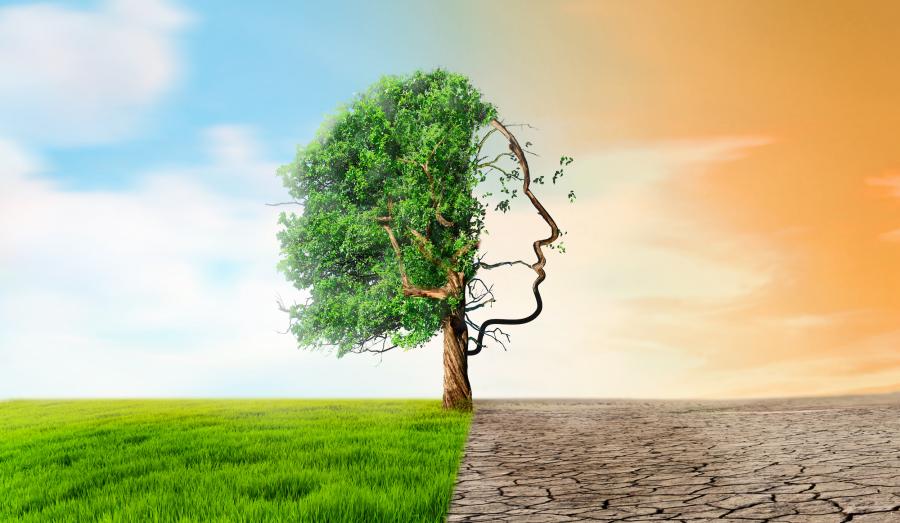
“The world is more wicked than our disciplines.”
– Dr. Herb Childress, Dean of Research and Assessment, Boston Architectural College
In Florida, a state task force has recommended that universities change the way they assign tuition rates, based upon the major a student chooses. The recommendation and the resulting furor and controversy reflect a fundamental debate facing higher education today: What is the value of higher education? According to the task force, the value is all economic. Florida’s universities should charge different tuition rates based upon the needs of the Florida job market. Under this proposal, STEM (Science, Technology, Engineering, and Mathematics) majors would be charged lower tuitions, while social science and humanities majors would end up paying more.
Not everyone agrees with the Florida task force. Dr. Herb Childress, Dean of Research and Assessment at Boston Architectural College, reminded the audience in his opening plenary at the American Association of Colleges and Universities (AAC&U) conference, that one purpose of higher education is to prepare students for the future. We need to be mindful, he said, that the future is full of Wicked Problems—urgent problems that are ill-defined, dynamic, complex, public, and often intractable. Examples of Wicked Problems include global climate change, water resource management, biodiversity, and sustainable development. How do we prepare our students to deal with these problems that will have profound impacts on their lives? To begin, we need to define the value of higher education, and liberal arts in particular, as more than disciplinary content knowledge. As Dr. Childress emphasized, higher education should reflect the interdisciplinary nature of our Wicked Problems, and educators should strive to develop the interdisciplinary, collaborative, civic, and leadership skills that our students will need to manage these problems.
So what needs to be done to move towards this goal? I gathered several insights at some of the AAC&U conference sessions and talks, but I found two particularly relevant to SESYNC. First, in a discussion on the “intersection between innovation and ethics,” Dr. Deborah Johnson, Professor of Applied Ethics at the University of Virginia, pointed out that the greatest barrier to interdisciplinary work across the STEM disciplines and social sciences/humanities is the attitude that “STEM seeks truth and is impartial. [In reality], science and technology shapes and is shaped by society.” Thus, changing this attitude is critical in enabling the interdisciplinary work between the natural and social sciences that the National Socio-Environmental Synthesis Center (SESYNC) facilitates. These kind of cultural changes take time, but as more voices—including those from the SESYNC community—insist on the importance of studying science in the context of society, progress is being made.
The second insight came from a session on “creating institutional change for next generation STEM learning.” Dr. Judith Ramaley, Distinguished Professor of Public Service at Portland State University and President Emerita of Winona State University, described her vision for higher education and STEM education, which might be summarized with her point that “we [higher education] need to develop transdisciplinary approaches to the study of STEM, guided by a problem-based curriculum.” Dr. Ramaley emphasized the importance of applying STEM knowledge in an interdisciplinary way to make progress on local and global challenges, and provided several examples from Winona State for how she created an institutional culture to support this critical goal. These included the implementation of annual campus-wide “signature themes” focused on critical challenges such as water.
As higher education institutions shift towards this vision of higher education shared by Ramaley and others, the SESYNC community has an important opportunity. By demonstrating how synthesis research across natural and social sciences can provide useful, “actionable” knowledge for decision-makers, and by advancing the teaching of socio-environmental synthesis to train future researchers and to increase science and environmental literacy, SESYNC can add a strong voice in answering the question: What is the value of higher education? The value is in the future and in the way we prepare our students for the challenges that lie ahead.